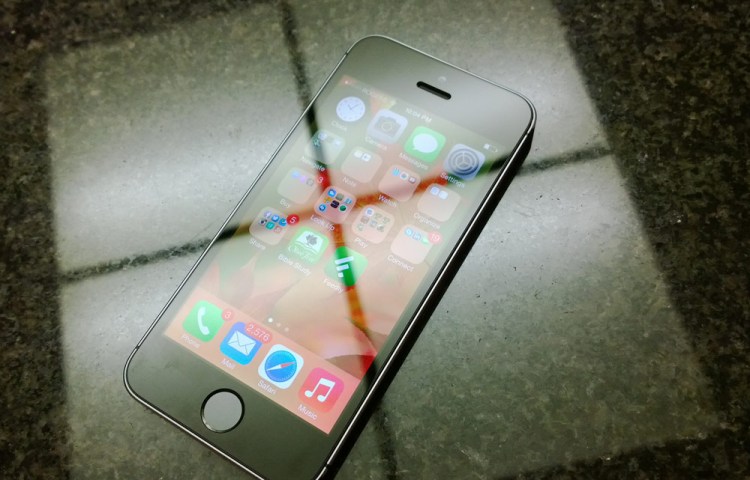If you want a glimpse at what Apple will do next, keep an eye on news coming out of the company’s new Mesa, Arizona manufacturing plant.
While Apple CEO Tim Cook has admitted the plant will be used to create sapphire crystal for future devices, it’s still a mystery how Apple will end up using the new material. But it seems we’ll find out soon — Apple is apparently working hard to get the plant online by February for what it describes as a new “critical” device component, reports 9to5Mac.
There’s been plenty of speculation about how Apple could use sapphire in its devices, but the company’s language in recent correspondence with the U.S. Foreign Trade Zone implies something entirely new:
Project Cascade will conduct high-tech manufacturing of intermediate goods/components for consumer electronics. All finished components will be exported. This high-tech manufacturing process will create a critical new sub-component of Apple Products to be used in the manufacture of the consumer electronics that will be imported and then sold globally.
The key words there are “critical” and “new” — implying that the component will be essential to plenty of new Apple devices, and that it’s something we haven’t seen before (Apple already uses sapphire for the iPhone camera lens).
As 9to5Mac notes, the likely scenario is that the plant will be used to create sapphire screens for future devices, which will be harder to scratch and break. Diamond is the only natural material stronger than sapphire, and as Technology Review points out, sapphire is about three times stronger and more scratch resistant than the Gorilla Glass screens currently used on iPhones.
In its search for a strong screen for the original iPhone, Apple basically pushed Corning to dust off some old screen technology and create Gorilla Glass. Now, practically every major smartphone and tablet uses that technology for its screen. So it wouldn’t be a huge surprise to see Apple lead the way for truly next-gen screen tech.
Sapphire screens currently cost around 10 times as much as an equivalent Gorilla Glass screen — a price that Apple could help to reduce once it gets the Arizona plant online. Given that huge price difference, there’s a chance we’ll see the sapphire screens used on smaller devices before it hits the iPhone and iPad.
Now, what kind of device would really benefit from an ultra-strong screen? My bet’s on the long-rumored iWatch.
VentureBeat's mission is to be a digital town square for technical decision-makers to gain knowledge about transformative enterprise technology and transact. Learn More

